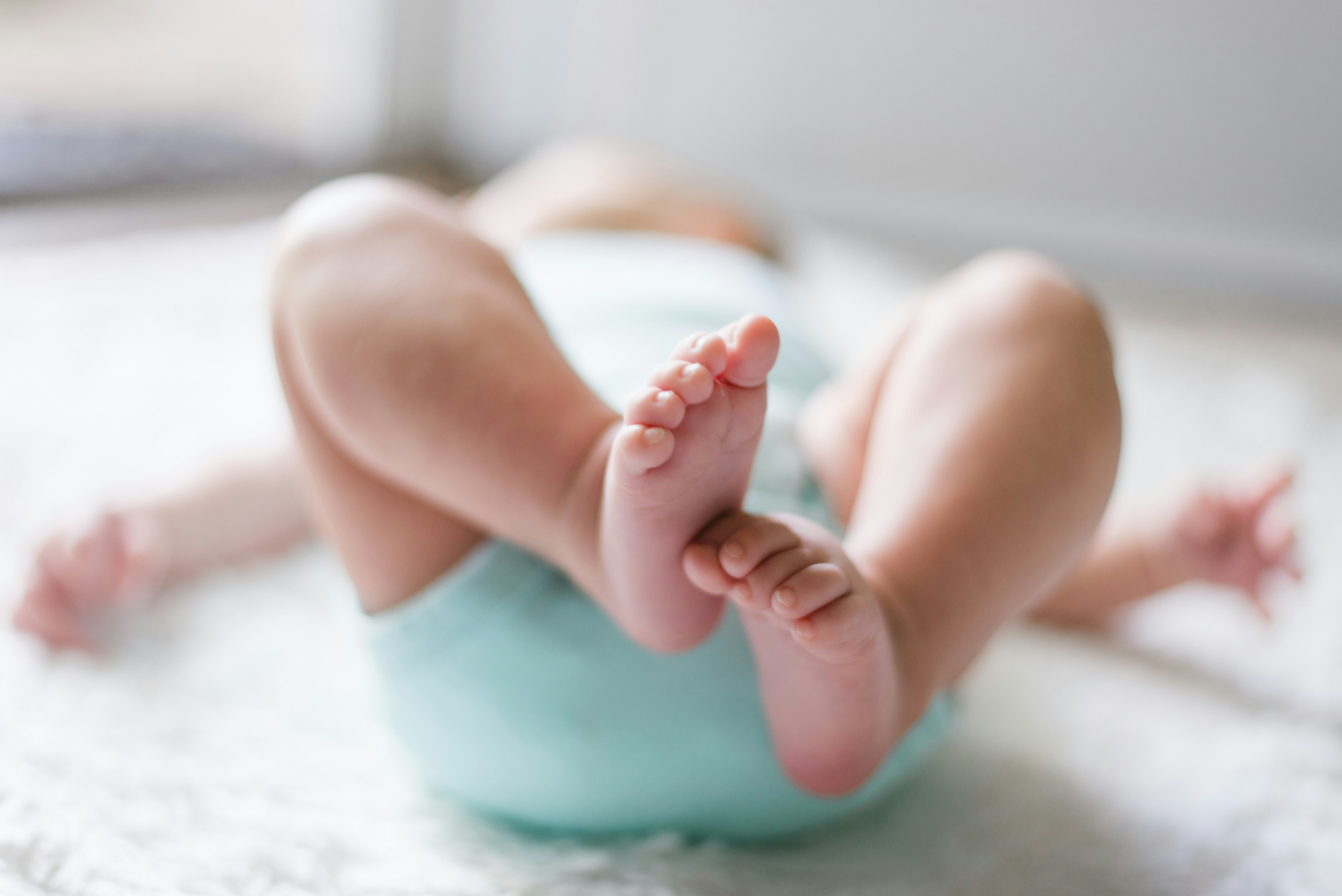When does late imply low fertility? Macro trends and socioeconomic inequalities within regions in Spain

Acronym: Ferlost
Principal Investigators: Roberta Rutigliano and Anna Barbuscia
Date: 01/09/2023 - 31/08/2027
The FERLOST project investigates a main demographic issue in the Spanish context: the interrelation between late and low fertility. Specifically, it will answer two main sets of research questions. 1. Does late fertility forcedly lead to overall low fertility? 2. How does this depend on parity-specific fertility patterns? Each research question will be addressed from a macro and from a micro perspective. The macro component will look at fertility trends by parity and age at childbirth, with a focus on differences at the regional level. The micro component will assess the role of individual socioeconomic resources in influencing individual fertility trajectories and parity-specific transition probabilities.
The link between late and low fertility has been extensively explored but usually giving for granted that, in low-fertility contexts, late fertility implies lower fertility. Only recently, evidence has shown at the macro level that this relationship might depend to a great extent on the social and institutional context. Following up on this evidence, we aim to analyze to what extent and under which conditions late entry into parenthood might bring to low overall fertility.
A novelty of our project lies in the focus on parity-specific transitions. Overall low fertility can be driven by heterogeneity in parity-specific fertility at the micro level. We hypothesize that such heterogeneity is often due to inequality in opportunities, i.e., by socio-economic characteristics. The link between late and low fertility might thus also depend on the parity-specific fertility composition, as having a first child later in life might have different consequences on different individuals' probability and timing of a second- or higher-order birth.
The project will rely on different data sources and quantitative methods to answer the research questions. Using data from the Spanish birth register data (1979-2022), and the Patron, we will analyze at the macro level the evolution in fertility levels and its inequalities at the regional and socioeconomic level. Using data from the Spanish Fertility Survey (2018); the Longitudinal Database of the Population of Andalusia; and the Basque Demographic Survey (1986-2021) we will study at the individual level the relationship between age at childbearing and total fertility and its demographic and socio-economic determinants.
